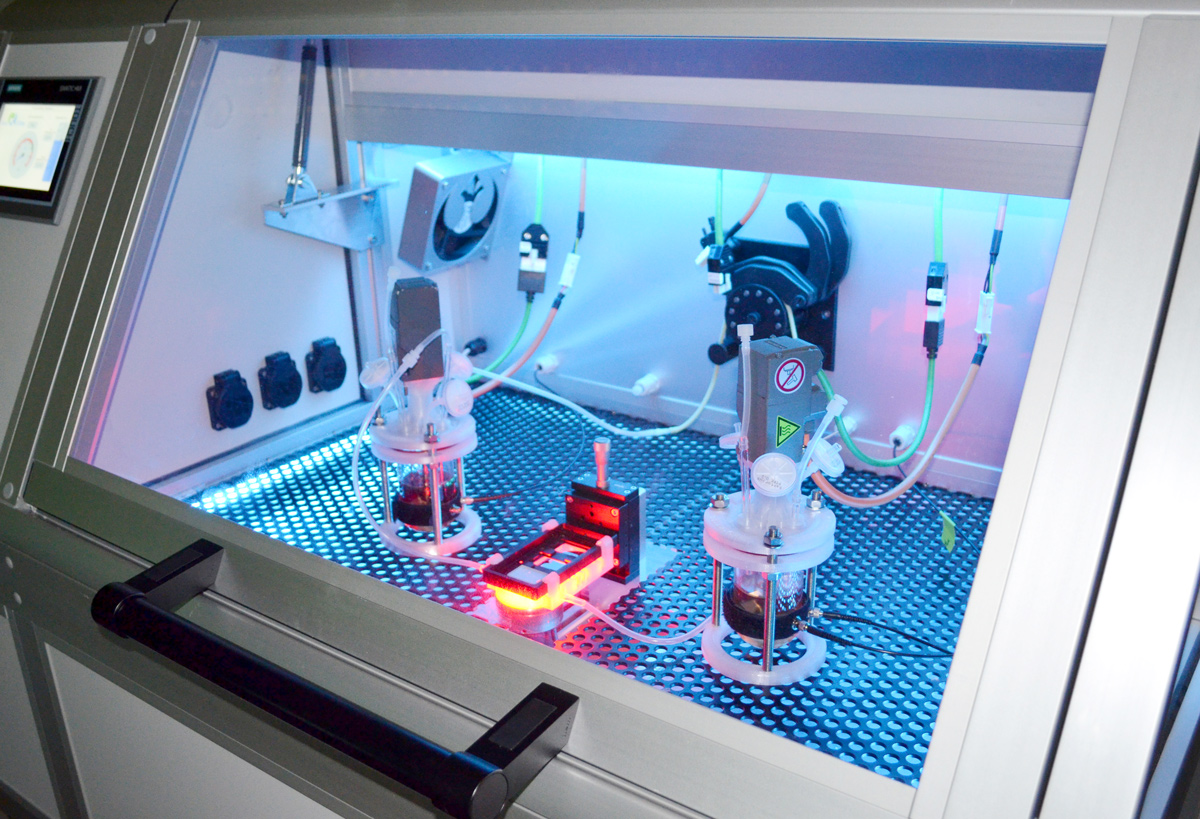
Organisms are dynamic systems that rely on circulation of nutrients, gases, and fluids. Exemplary of dynamic systems are the circulatory system, the respiratory system, and the digestive tract. Cells within these systems are constantly exposed to dynamic conditions and experience mechanical forces as well as changing molecule gradients through surrounding fluid or air flows. Bioreactor systems allow for cells to be cultured outside of the body under dynamic conditions and can simulate flows such as blood, gas, and chyme. This allows to mimick forces acting on cells to apply varying medium compositions, and to improve the distribution of nutrients and waste products.
In addition to the ability to better simulate physiological parameters, bioreactors also play a key role in scaling up cell culture experiments due to improved media mixing. For example, suspension reactors allow for the culture of larger cell masses in small volumes, which is particularly important for industrial high-throughput projects such as vaccine production. When combined with measurement techniques for continuously monitoring key cell culture parameters such as pH, oxygen content, glucose concentration, and cell morphology, bioreactors simplify the automation of cell culture processes and are an essential component on the path to fully automated production facilities.

© Fraunhofer ISC
Suspension reactor in a cell incubator. In the suspension reactor (glass flask), cells can be cultivated in suspension. A rotor, functioning akin to a ship’s propeller, ensures continuous mixing of the cell suspension to prevent clumping. Cells can be automatically retrieved via a tubing system connected to pumps and optically analyzed using an integrated camera unit (the orange structure in the foreground).
